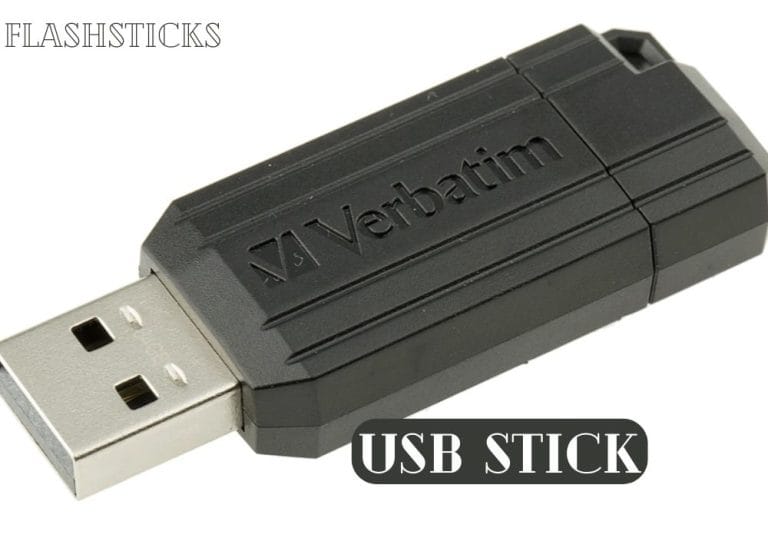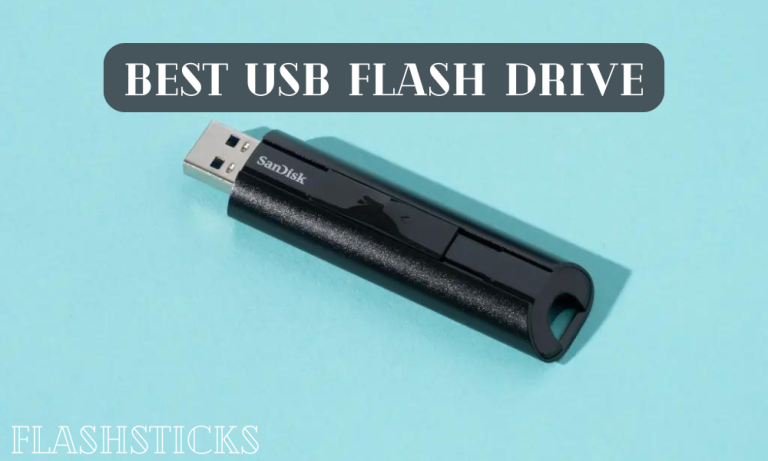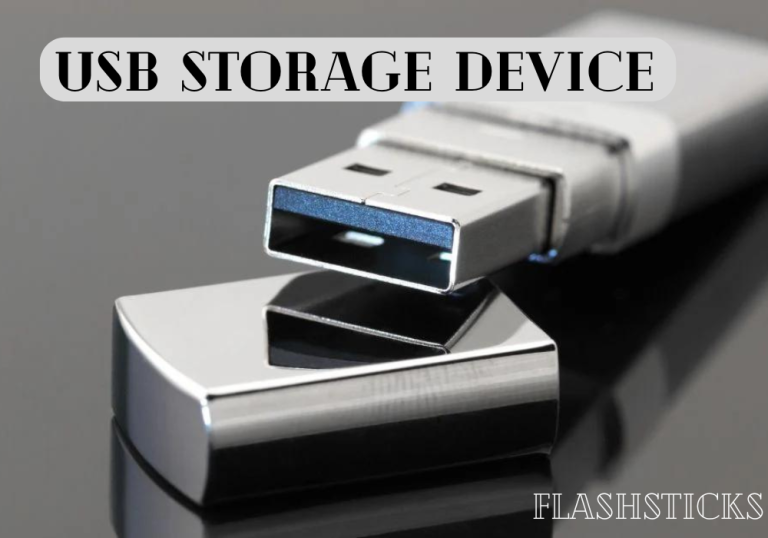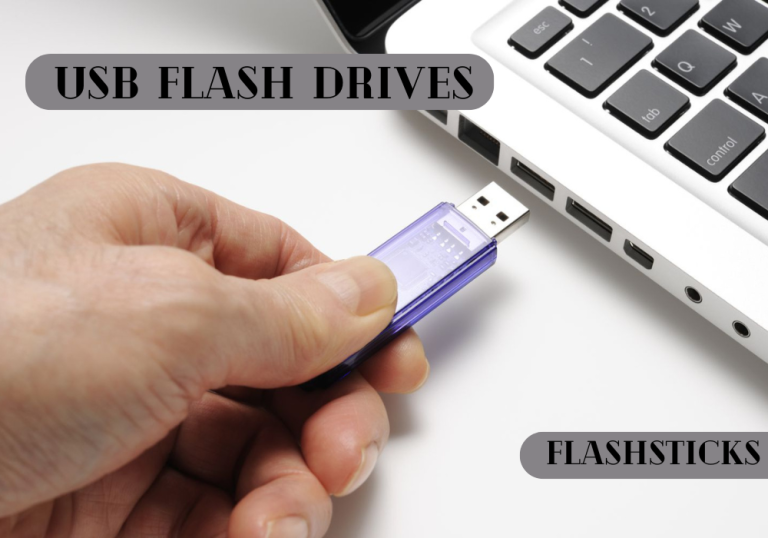When did USB come out?
“`Welcome to our comprehensive guide on the history and evolution of USB technology. In this article, we will take you on a journey from the inception of USB to its current state, discussing its release dates, benefits, and practical applications. If you’ve ever wondered “When did USB come out?” or how it has transformed our tech lives, you’re in the right place.
The Birth of USB
USB, short for Universal Serial Bus, was designed to simplify the connection between computers and peripheral devices. It aimed to replace a variety of connectors with a standard interface to make it easier for consumers to connect devices.
Release Date: USB 1.0
The first USB specification, USB 1.0, was introduced in January 1996. Developed by a consortium of industry leaders including IBM, Intel, Microsoft, and Compaq, USB 1.0 revolutionized how devices interconnect, offering a new level of convenience and efficiency.
The Evolution of USB
Since its initial release in 1996, USB technology has undergone several upgrades and improvements. Below is a comprehensive table highlighting the major USB versions and their respective release dates.
| USB Version | Release Date | Max Data Transfer Rate |
|---|---|---|
| USB 1.0 | January 1996 | 1.5 Mbps |
| USB 1.1 | September 1998 | 12 Mbps |
| USB 2.0 | April 2000 | 480 Mbps |
| USB 3.0 | November 2008 | 5 Gbps |
| USB 3.1 | July 2013 | 10 Gbps |
| USB 3.2 | September 2017 | 20 Gbps |
| USB 4 | September 2019 | 40 Gbps |
Benefits of USB Technology
USB technology offers numerous benefits that have made it an essential part of modern computing. Here are some of the key advantages:
- Universal Compatibility: USB provides a standard way to connect various types of devices, ensuring broad compatibility.
- Ease of Use: Plug and play functionality makes USB incredibly user-friendly.
- Speed: The continuous improvement in data transfer rates has significantly boosted performance.
- Power Supply: USB ports can transmit power, allowing for the charging of devices such as smartphones and tablets.
- Compact and Portable: USB devices are often small and easy to transport.
Practical Tips for Using USB
Maximize the benefits of USB technology with these practical tips:
- Use Quality Cables: Invest in high-quality USB cables to ensure reliable performance and longevity.
- Safely Eject Devices: Always safely eject your USB devices to prevent data corruption.
- Keep Ports Clean: Regularly clean your USB ports to maintain optimal connectivity.
- Label Cables: Use labels to differentiate between multiple cables and ports for easier management.
Fun Facts About USB
- The USB Implementers Forum oversees the development and adoption of USB standards.
- Over 10 billion USB devices have been sold since its introduction.
- USB-C is becoming the preferred connector due to its reversible design and high data transfer rates.
Conclusion
USB technology has come a long way since its inception in 1996, transforming the way we connect and interact with our devices. From the initial low speeds of USB 1.0 to the blistering fast transfer rates of USB 4, this technology continues to evolve and adapt to our modern needs. Understanding the history and benefits of USB can help us make better decisions regarding technology usage in our daily lives.
We hope this comprehensive guide has answered your questions about the history of USB and its many applications. Stay connected, and enjoy the convenience and efficiency that USB technology offers.
“`







